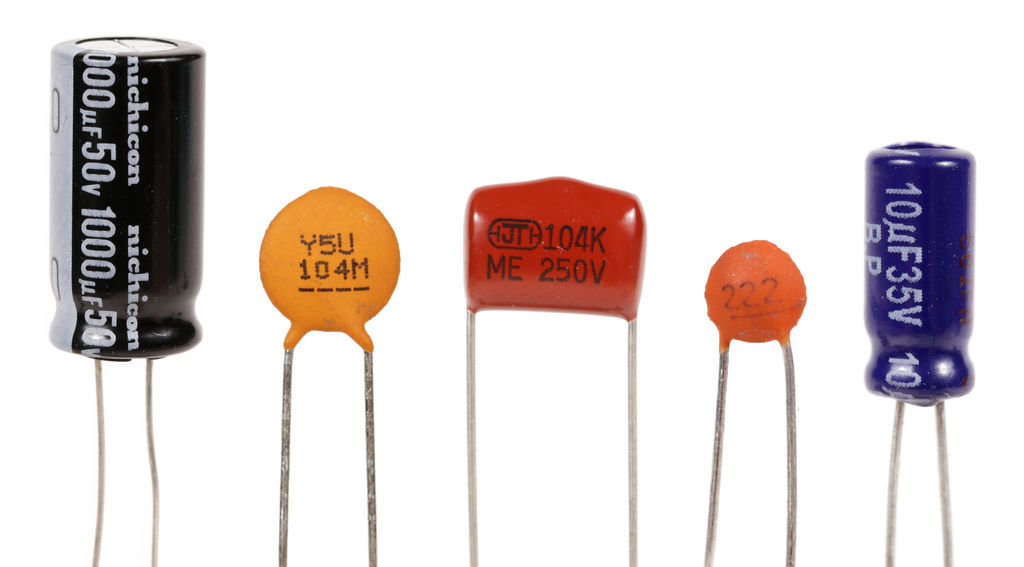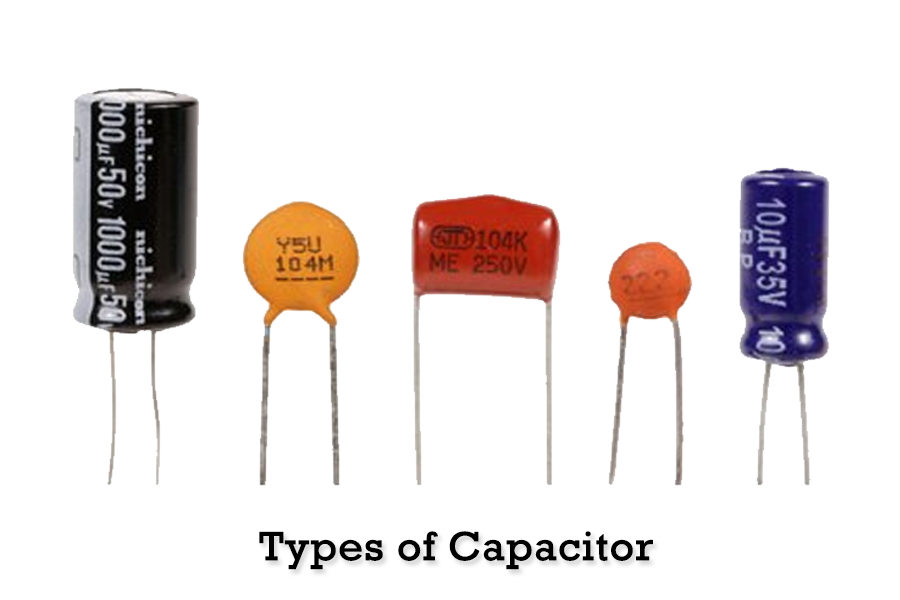

Touching during the charging process, then no charges The pieces of metal have to be separated. The negatives want to goīack to the positives, because opposites attract. You can even remove theĬontinue to sit there. Once this happens,Ĭharge just sits there on the pieces of metal. Piece of metal, just as much as they're attracted toward Negative charges will get attracted to the positive Will start to also get attracted toward the On the right side that are attracted toward The positively charged protonsĪre pretty much stuck in place, and have to stay where they are. Negatively charged electrons that get to move freely Negative charges moving, because in reality it's the Metal were different sizes and shapes, they'd Side, exactly 1 negative was deposited on the left side. Because for everyġ negative that was removed from the right On the left piece of metal has to be negative 6 coulombs. On the right piece of metal is 6 coulombs, then the charge That both pieces of metal are going to have the To become positively charged, because now thatĬharged, because now it has more negatives Piece of metal on the right, it causes that piece of metal Towards the positive terminal of the battery. Once the battery isĬonnected, negative charges on the right side get attracted Pieces of metal to a battery, those pieces of metalĬapacitors are useful for. This be useful for? Well, if you connect two Paper are put in here to make sure that the two Is the same thing that's inside basically OK, but what's inside of this? Inside of this capacitor What's a capacitor? Well this is a capacitor.
The work that you had to put in to lift the book, and which is now stored in the book, is analogous to the potential difference. As soon as you release that book, it will fall towards the ground. You had to do work to overcome the force of gravity. If this doesn't make much sense, think of when you are lifting a book. So the potential difference, or the voltage, is simply a measure of how much work has to be done, to get from one point to the other, or how much of this work is stored in the separate electrons, which want to go back to the positive side.

Think of it as the free electrons really want to go to the positive side, but can't, as in the case of a battery, but as soon as there is a closed circuit the electrons will move to the positive terminal. This is also the case for a battery, there is a potential difference across the two terminals, because near the negative terminal there is a lower electric potential than at the positive terminal. The potential difference is simply the work that has to be done to bring a unit charge from one terminal to the other.


 0 kommentar(er)
0 kommentar(er)
